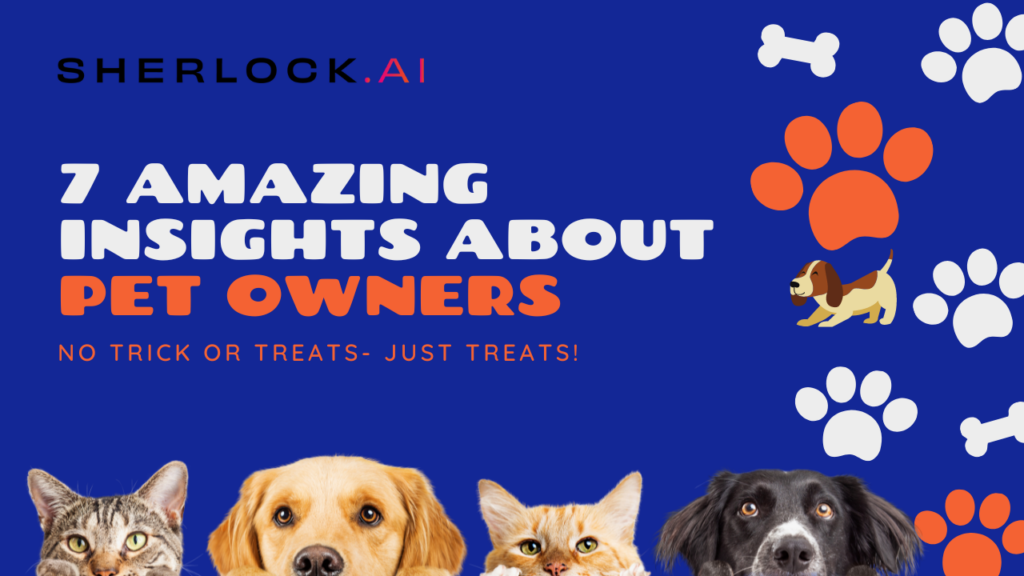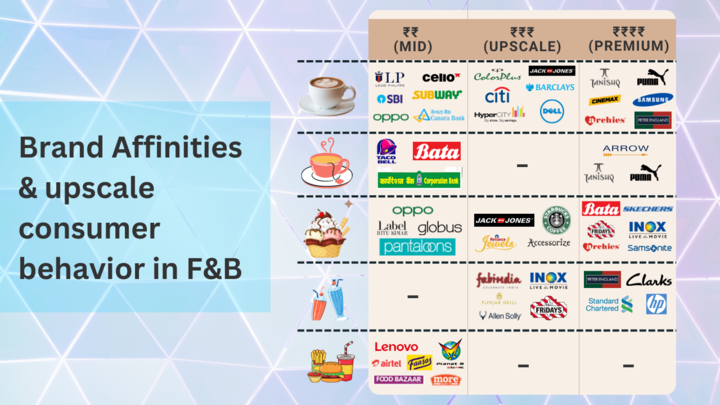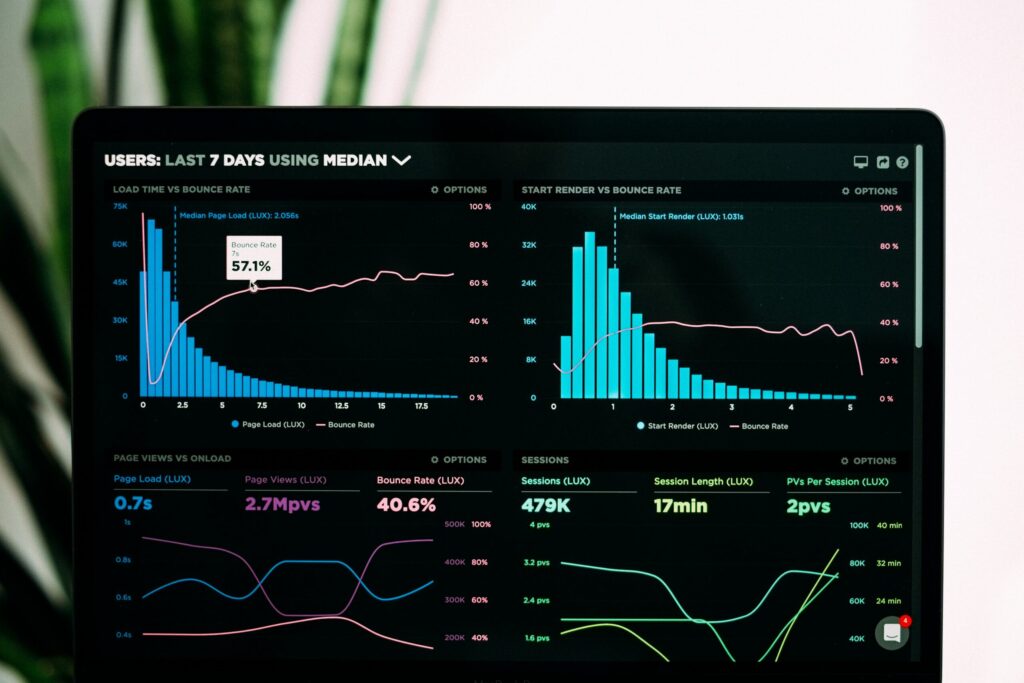7 Secret insights about Pet Parents

Pet Owners: Secret Insights of pet parents in India Sherlock AI embarks on a cute mission this time. It identifies people who have pets in Mumbai & Pune and understands their consumer behavior. How does Sherlock AI even identify if someone has a pet, you ask? That’s the beauty of it. Sherlock AI can understand […]
6 Consumer behavior secrets across people visiting branded F&B chains

Sherlock AI reveals 6 consumer behavior secrets across people visiting branded F&B chains
Sherlock.ai: Servicing several industries and staying relevant – Retail, Luxury & The D2C Health & Wellness

Sherlock.ai: Servicing several industries and staying relevant – Retail, Luxury & The D2C Health & Wellness As consumers of luxury goods, we love shopping for Kate Spade, Louis Vuitton, Jimmy Choo, and other such bags at malls. What we may not notice is that the ad on our phone for the latest collection of […]
